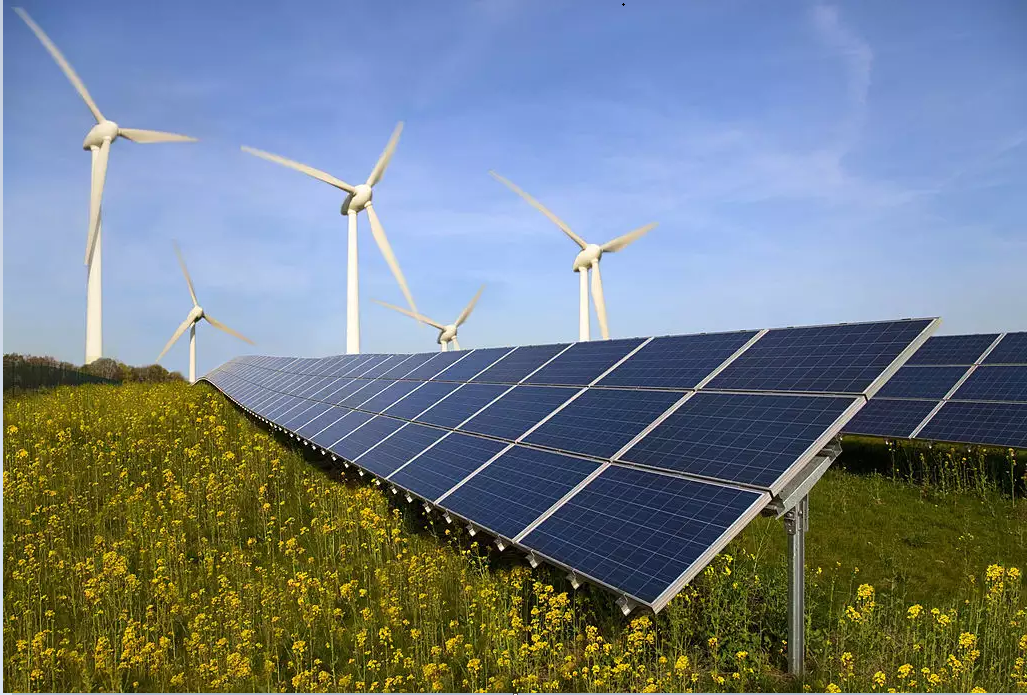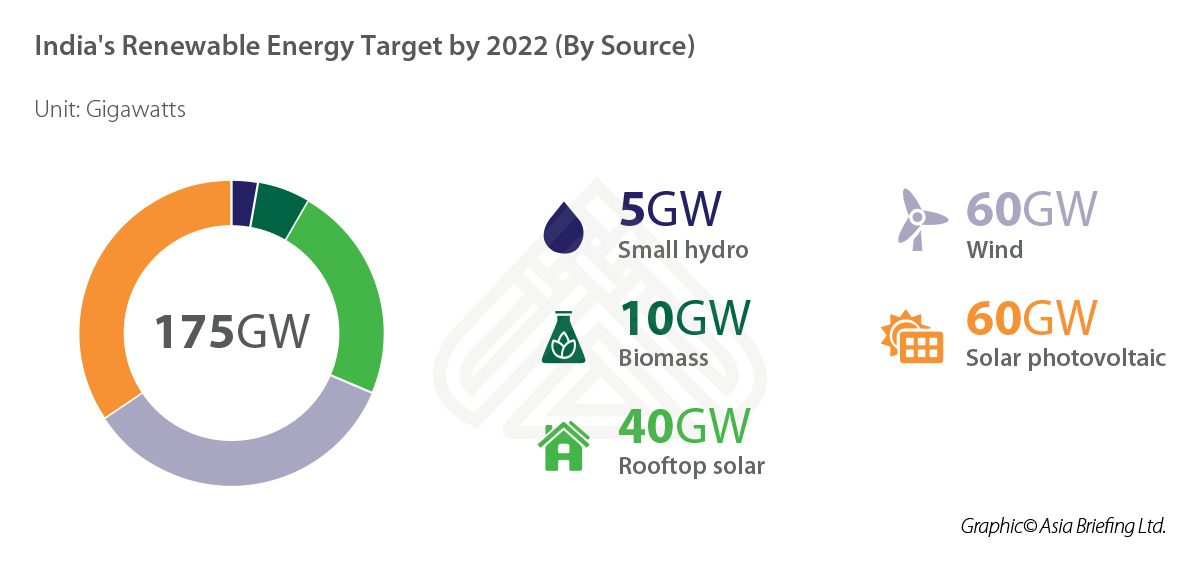India aimed higher under the Paris Climate Agreement and its enthusiasm to register a worldwide change, ensured that nothing could stand in its way.
Three originally drafted commitments were made by India, to be fulfilled in next 10 years.
It hoped to increase the share of non-fossil fuel sources of energy to nearly 40 percent of the total generation capacity as well as cut the emissions intensity of the country’s GDP by 33 to 35 per cent when compared to 2005 levels.
It also talked of creating an additional carbon sink of 2.5 to 3 billion tonnes of CO2 equivalent, to lessen as well as negate the deadly emissions those are made while using the non-renewable sources.
Recently, India, through its Ministry of New and Renewable Energy (MNRE) has announced its accomplishment of crossing more than 150 gigawatt (GW) of total installed renewable energy capacity in the whole country.
It is worthy to note that the installed electricity capacity of 6.78 GW remains driven by the Nuclear energy.
In addition to the 150GW out of other clean energy sources, this adds up to the total installed capacity based on the non-conventional energy sources to be 156.83 GW, which makes up more than 40 per cent of 390.8 GW i.e., the total installed electricity capacity.
This estimate of non-fossil fuel based energy, as per the statement released, has to reach approximately 500GW by 2030.
The world, though being led by India in various collaborations for a better planet, has been apprehensive of India’s self-professed Climate roles and been demanding of more efforts to come from India simultaneously.
COP26 has been as addendum and a yardstick for all these aspirations, as India made its 5-fold commitments.
- India would build 450 GW non-fossil energy capacity by 2030
- Renewable energy to help achieve nearly half of India’s energy requirements (only electricity as per analysts).
- India looks forth to cut at least 1 billion tonnes of emissions by 2030.
- To reduce the carbon intensity of its GDP (i.e., part of its economic activities) by 33%-35% by 2030 as compared to 2005 levels.
- India has aimed to reduce the carbon intensity of its GDP (i.e., part of its economic activities) by 33%-35% by 2030 as compared to 2005 levels.
The Predictions made and Hopes emboldened:
“At COP 21, as part of its Nationally Determined Contributions (NDCs), India had committed to achieving 40% of its installed electricity capacity from non-fossil energy sources by 2030,” as per the statement released by MNRE.
This seems complementary to the predictions made for the addition of new renewable power capacity, under the International Energy Agency’s annual Renewables Market Report in 2021, to reach 290 gigawatts (GW).
As per certain forecasts, this capacity for renewables shall reach over 800GW, which is equivalent to 60% rise from its 2020 levels.

COP26 played a crucial role in acknowledging and formalizing the need to make better use of available Climate data that can help us to predict and document some reliable information, especially in times of unpredictable Climate future.
More targeted and welfare focused Government policies as well as a conscious citizenry and Environmental activists can look forward to better realized climate goals in near future.
Moving towards a just transition:
While our energy transition is gaining momentum worldwide, India needs to ensure that the opportunities of such struggling transition are fairly distributed throughout. For this, we will need a greater integration of jobs and growth with sustainability.
The clean energy involving investments are known to bring out immediate gains, including job creation and greater economic growth.

This has been reaffirmed by the Council on Energy, Environment and Water (CEEW), which has calculated that a mere deployment of 450 GW of renewable energy would empower and trigger the employment for more than half a million people.
This clean energy support shall be extended to rural livelihoods that should help increase communities’ resilience in the aftermath of any climate shock.
As per Experts, the clean energy innovations for farms and businesses in rural India can offer a market opportunity of more than $50 billion.


